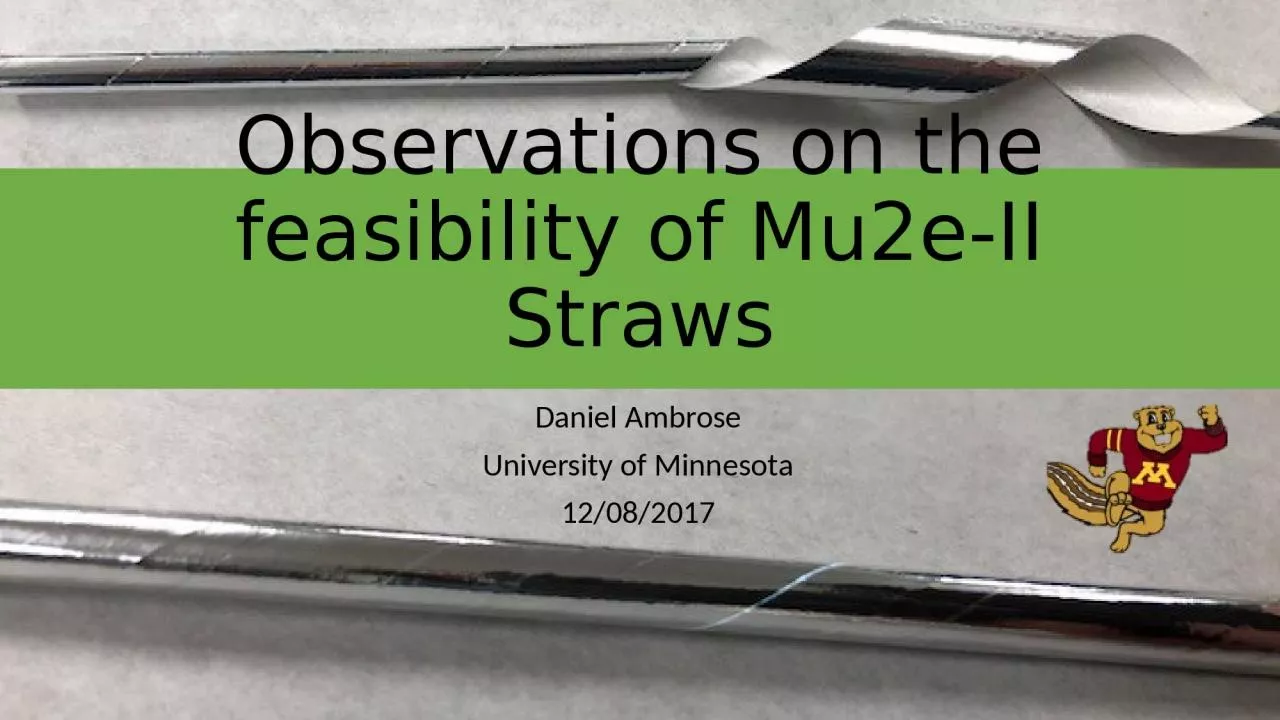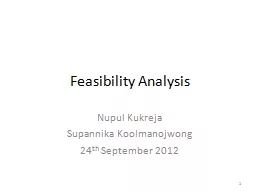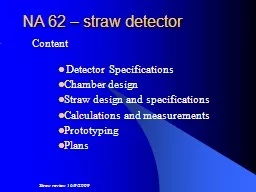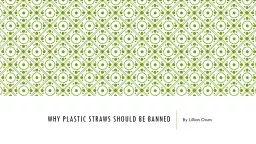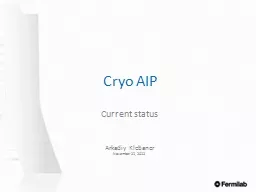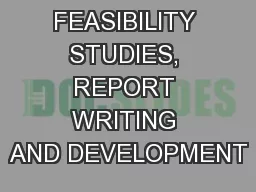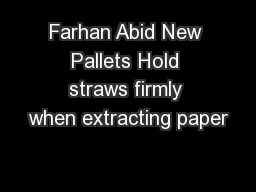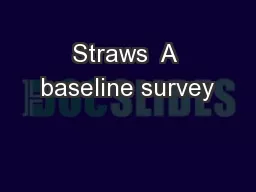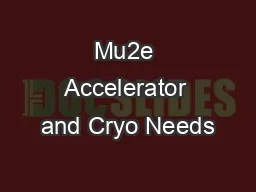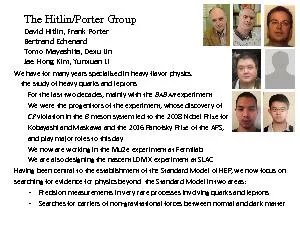PPT-Observations on the feasibility of Mu2e-II Straws
Author : emmy | Published Date : 2024-03-13
Daniel Ambrose University of Minnesota 12082017 Decreased Straw Wall Thickness to will reduce the DIO yield Mu2eII is looking to see 10x more captured muon Therefore
Presentation Embed Code
Download Presentation
Download Presentation The PPT/PDF document "Observations on the feasibility of Mu2e-..." is the property of its rightful owner. Permission is granted to download and print the materials on this website for personal, non-commercial use only, and to display it on your personal computer provided you do not modify the materials and that you retain all copyright notices contained in the materials. By downloading content from our website, you accept the terms of this agreement.
Observations on the feasibility of Mu2e-II Straws: Transcript
Download Rules Of Document
"Observations on the feasibility of Mu2e-II Straws"The content belongs to its owner. You may download and print it for personal use, without modification, and keep all copyright notices. By downloading, you agree to these terms.
Related Documents

